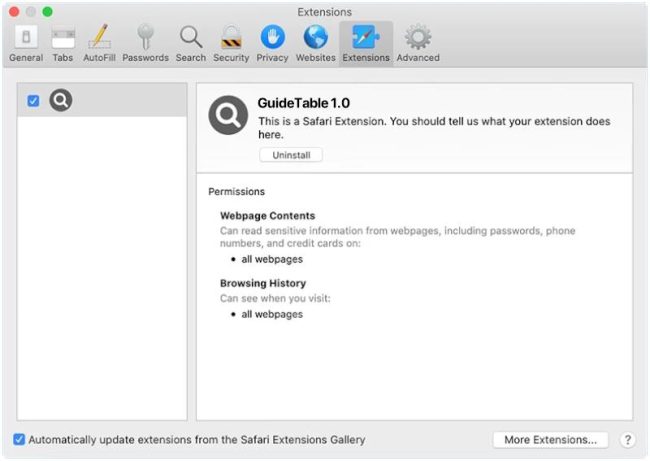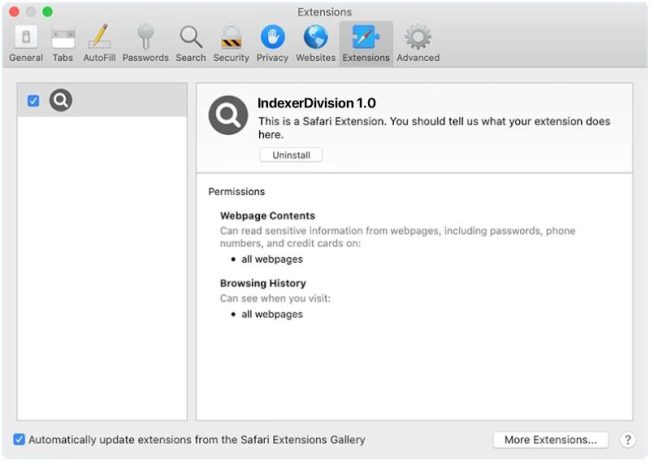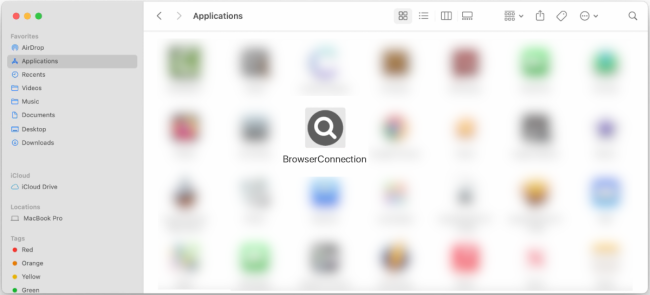ExplorerProgress is a potentially unwanted program (PUP) that targets Mac computers. It typically infiltrates the system through software bundles, fake updates, or malicious websites. Once installed, ExplorerProgress displays intrusive pop-up ads, redirects users to suspicious websites, and tracks their online activities. This adware not only disrupts the user experience but also poses a security risk by exposing the system to malware.
Category: Mac
How to remove GuideTable (Mac)
GuideTable is a type of malware that specifically targets Mac computers. This malicious software is designed to infect a Mac system and can cause a range of harmful effects, including stealing sensitive information, disrupting system functionality, and spreading to other devices on the same network. GuideTable typically spreads through phishing emails, malicious websites, or software downloads, and once it infects a Mac, it can be difficult to detect and remove.
How to remove NodeResolution (Mac)
NodeResolution is a type of malware that specifically targets Mac operating systems. This malicious software is designed to infect Mac devices and gain unauthorized access to sensitive information. NodeResolution can enter a Mac system through various means, such as phishing emails, malicious websites, or software downloads.
How to remove IndexerDivision (Mac)
IndexerDivision is a type of malware that specifically targets Mac operating systems. This malicious software is designed to infiltrate a Mac computer and covertly gather sensitive information such as login credentials, financial data, and personal documents. IndexerDivision can also install additional malware onto the infected system, further compromising its security and privacy.
How to remove BrowserConnection (Mac)
BrowserConnection is a type of malware that specifically targets Mac computers. It typically infects Macs through malicious downloads, phishing emails, or by exploiting vulnerabilities in outdated software. Once installed on a Mac, BrowserConnection can track and monitor the user's online activities, steal sensitive information such as login credentials and financial data, and display unwanted advertisements.
How to remove PromoteMemory (Mac)
PromoteMemory is a type of malware that specifically targets Mac computers. It is designed to infect the system and steal sensitive information, such as login credentials, financial details, and personal data. Once installed, PromoteMemory can also cause system slowdowns and crashes, as well as display unwanted pop-up ads.
How to remove ExtendedGuide (Mac)
ExtendedGuide is a type of adware that infects Mac computers and is known for bombarding users with intrusive advertisements. This malicious software typically infiltrates a system through deceptive methods such as fake software updates, malicious email attachments, or bundled with free software downloads. Once installed, ExtendedGuide tracks the user's browsing activity and displays pop-up ads, banners, and sponsored links on their web browser.
How to remove CommonParameter (Mac)
CommonParameter is a type of malware that specifically targets Mac operating systems. It is designed to infect Mac computers and steal sensitive information such as login credentials, financial data, and personal information. CommonParameter is typically spread through phishing emails, malicious websites, or through software downloads from untrustworthy sources.
How to remove AssistRadio (Mac)
AssistRadio is a type of adware that is designed to infect Mac computers and bombard users with unwanted advertisements. This malicious software typically enters a Mac system through deceptive means, such as bundled with freeware or shareware downloads, or through malicious websites. Once installed, AssistRadio will start displaying pop-up ads, banners, in-text ads, and other types of advertisements on the infected Mac.
How to remove ConnectionTiming (Mac)
ConnectionTiming is a type of malware that targets Mac operating systems, specifically designed to infiltrate and compromise the security of the system. This malware is capable of causing a variety of issues for users, including stealing sensitive information, disrupting system functionality, and allowing cybercriminals to gain unauthorized access to the infected device.









